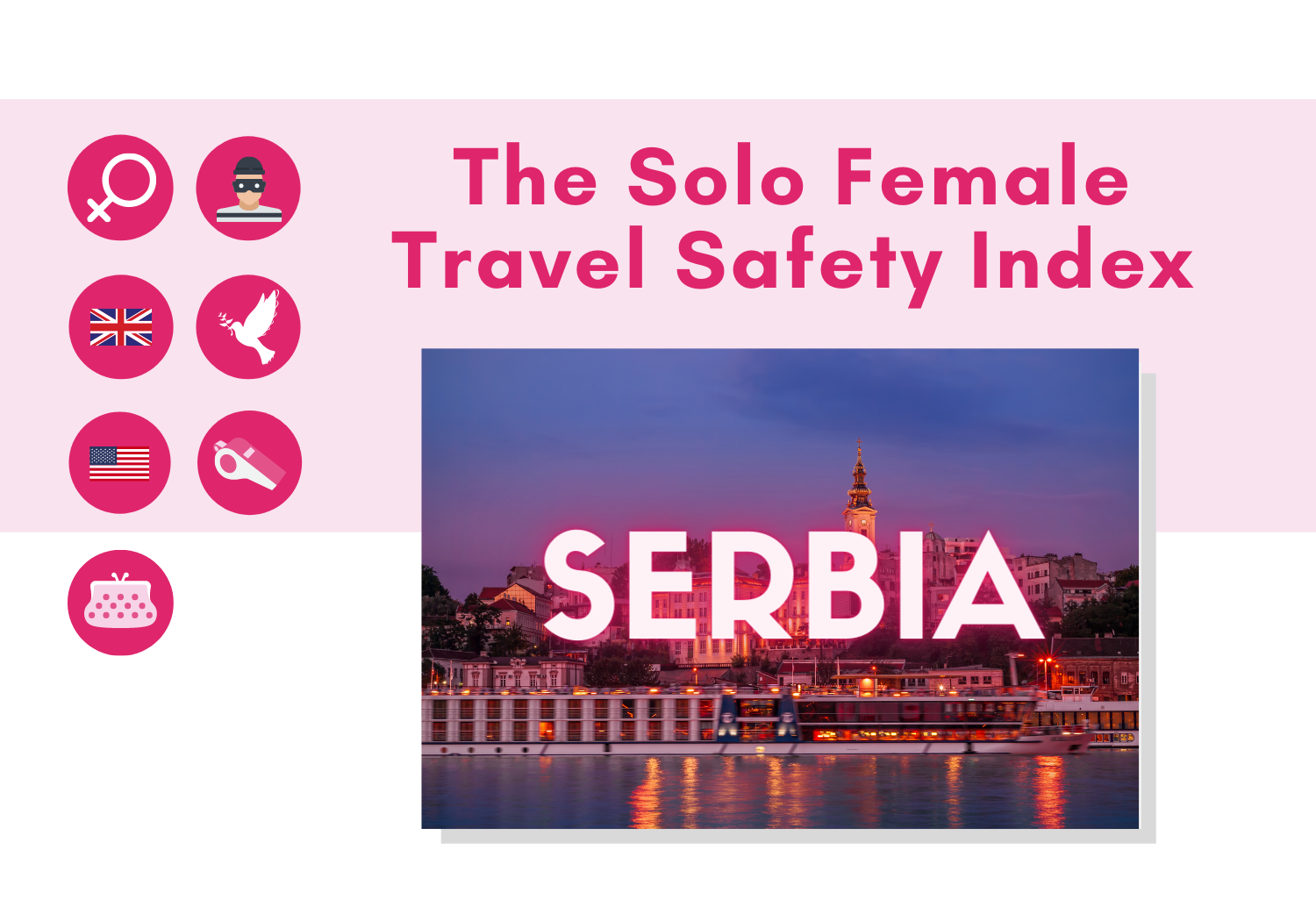This post may contain affiliate links. For full information, please see our disclaimer here and our Privacy Policy here.
Welcome to the Solo Female Travel Safety Tips and Advice page for Serbia!
This page is brought to you by Solo Female Travelers Tours, our curated small group trips for women, by women.
On this page you will find first-hand, unbiased, and real safety tips, advice and reviews from women traveling solo, submitted directly from their personal experiences in the country.
Their opinions are unfiltered and submitted independently as part of the Solo Female Travel Safety Index, a ranking of 210 countries and regions based on how safe they are for women traveling solo.
The safety scores range from 1 to 4 with 1 being the safest and 4 being the most dangerous for solo female travelers.
You don’t need to login to read the below reviews. But do sign up or login to share your solo travel experiences, country safety rating and comments.
Jump straight to: Travel Tips | About the Index | Resources I Leave a Review
MAKE A DIFFERENCE – LEAVE YOUR SAFETY REVIEWS!
We can make the world a safer place for women traveling solo together. Sign up to our portal and leave your reviews NOW. Share your experience with other solo female travelers and help us empower more women through travel.
Serbia Country data
We have compiled a few data points below that can help you better understand Serbia and have more context when thinking about travel safety.
Official country name: Republic of Serbia.
Etymology: The origin of the name is uncertain, but seems to be related to the name of the West Slavic Sorbs who reside in the Lusatian region in present-day eastern Germany. By tradition, the Serbs migrated from that region to the Balkans in about the 6th century A.D.
Country map
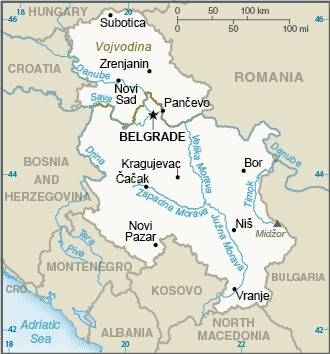
Locator map
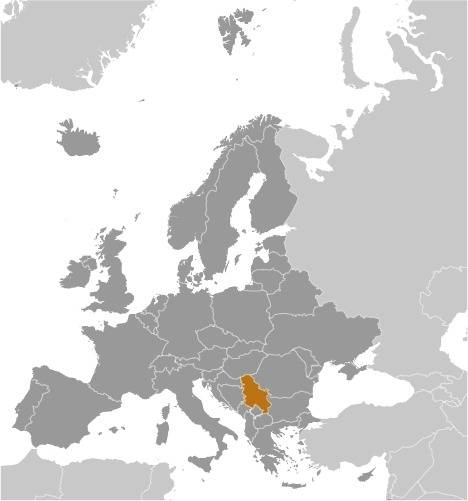
Flag
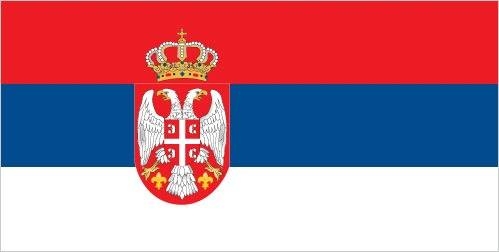
Capital: Belgrade (Beograd).
Independence / foundation: The Kingdom of Serbs, Croats, and Slovenes was formed in 1918. Its name was changed to Yugoslavia in 1929.
In 2003, the FRY became the State Union of Serbia and Montenegro, a loose federation of the two republics. Widespread violence predominantly targeting ethnic Serbs in Kosovo in March 2004 led to more intense calls to address Kosovo's status, and the UN began facilitating status talks in 2006.
In June 2006, Montenegro seceded from the federation and declared itself an independent nation. Serbia subsequently gave notice that it was the successor state to the union of Serbia and Montenegro. In February 2008, after nearly two years of inconclusive negotiations, Kosovo declared itself independent of Serbia - an action Serbia refuses to recognize.
Population: 7 million.
Currency: Serbian Dinar (RSD)
1 USD = 108 RSD
1 EUR = 117 RSD
Time zone: UTC+1
Languages spoken: Serbian (official) 88%, Hungarian 3%, Bosnian 2%, Romani 1%, other 3%, undeclared or unknown 2%. Note - Serbian, Hungarian, Slovak, Romanian, Croatian, and Ruthenian (Rusyn) are official in the Autonomous Province of Vojvodina; most ethnic Albanians boycotted the 2011 census.
Religions: Orthodox 85%, Catholic 5%, Muslim 3%, Protestant 1%, atheist 1%, other <1% (includes agnostics, other Christians, Eastern, Jewish), undeclared or unknown 4%.
Climate: In the north, continental climate (cold winters and hot, humid summers with well-distributed rainfall). In other parts, continental and Mediterranean climate (relatively cold winters with heavy snowfall and hot, dry summers and autumns).
Real GDP (ppp – purchasing power parity): $139 billion.
Real GDP per capita (ppp): $20,900.
Main airports: Belgrade Nikola Tesla Airport.
World heritage sites in Serbia
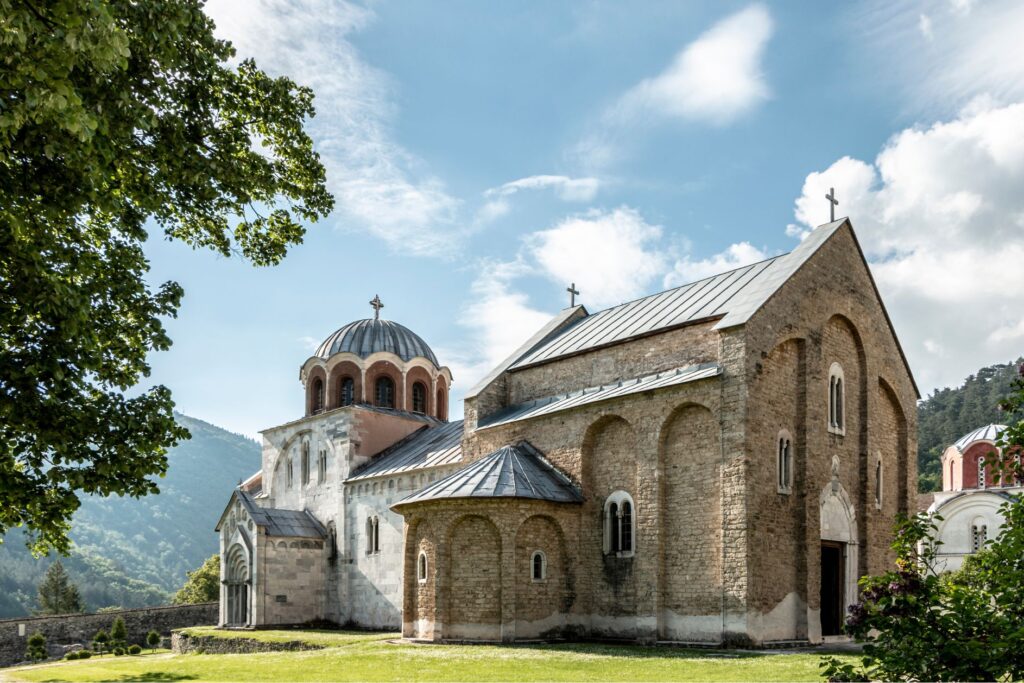

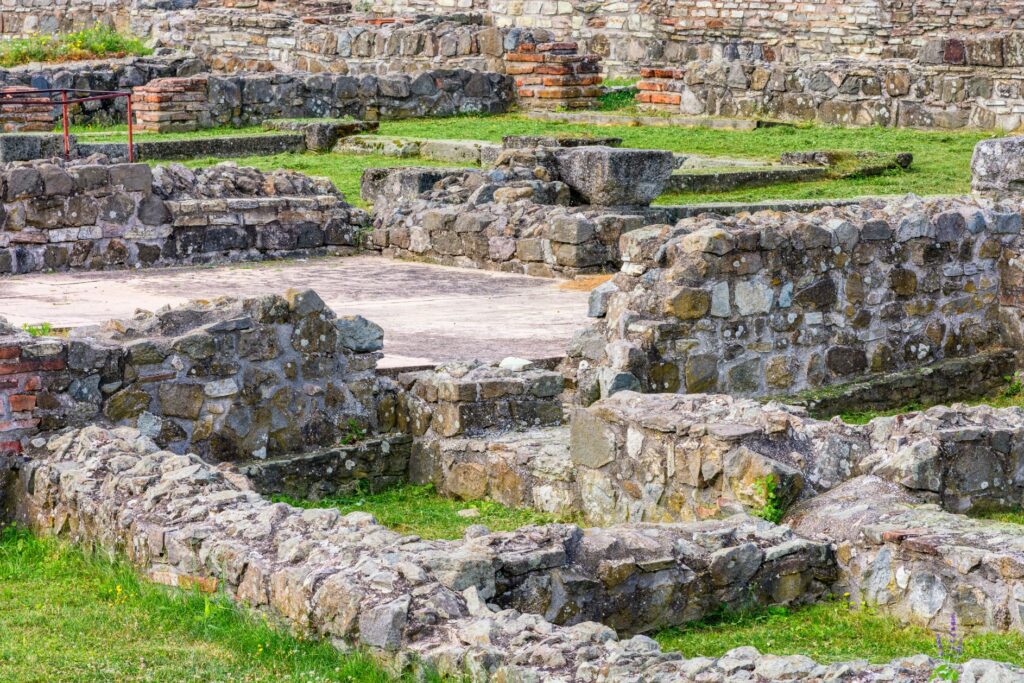
There are over 1,100 world heritage sites spread across more than 165 countries. New ones are added every year, and some may be removed from the list for various reasons.
Number of UNESCO listed sites: 5.
Top world heritage sites:
- Gamzigrad-Romuliana.- Palace of Galerius.
- Stari Ras and Sopoćani, Studenica Monastery.
- Medieval Monuments in Kosovo.
- Stećci Medieval Tombstone Graveyards.
Interesting facts about Serbia
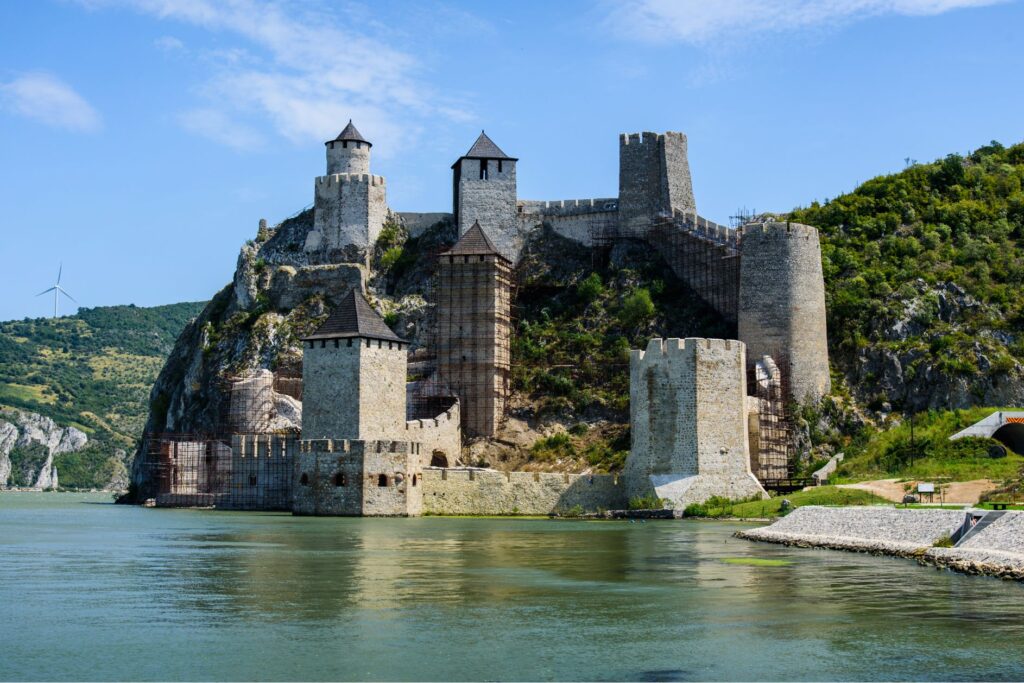
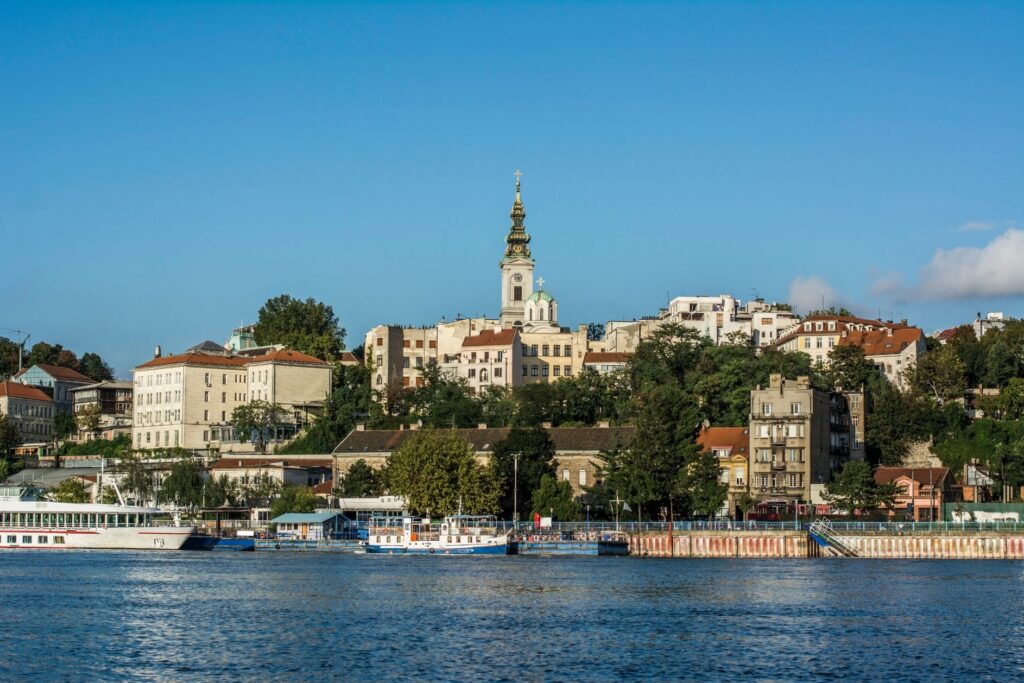

- Serbia’s capital of Belgrade is recognized as one of Europe’s most ancient cities. Evidence sugggests its history dates back to 7,000 years ago.
- In south-east Serbia there's a village called Gostusa which is made up entirely of stone.
- Mihaijlo Pupin, the renowned scientist who won the Pulitzer prize and significantly improved the telephone technology, was Serbian.
Further reading: N/A.
Serbia Travel tips
Socket type: C / F. Guide to socket types.
Weekend days: Saturday and Sunday.
Driving: Cars drive on the Right.
Local taxi apps: YandexGo.
Travel Guides: Lonely Planet, Bradt Guide.
Languages spoken: Serbian (official) 88%, Hungarian 3%, Bosnian 2%, Romani 1%, other 3%, undeclared or unknown 2%. Note - Serbian, Hungarian, Slovak, Romanian, Croatian, and Ruthenian (Rusyn) are official in the Autonomous Province of Vojvodina; most ethnic Albanians boycotted the 2011 census.
Basic words and phrases in the main language:
Hello: ZdravoPlease: Molim
Thank you: Hvala
Help: Upomoć
Learn more with our favorite learning app Mondly.
Find a hotel in Serbia
Booking.comBook tours and activities:
More about Serbia on Solo Female Travelers
Coming soon.Did you spot any errors? We do our best to keep this information updated and accurate, but things change. If you saw anything that is not right, let us know so we can fix it: [email protected].
About the Solo Female Travel Safety Index
Safety matters to solo female travelers, you told us so in our annual Solo Female Travel Survey, where year after year, women prove that this is their most important concern when traveling solo.
We wanted to do something about it, so we built these country-specific pages where you can find reviews and scores for 7 key variables affecting the safety of women traveling solo.
Variables
- Risk of scam
- Risk of theft
- Risk of harassment
- Attitudes towards women
- UK Travel Advisory
- US Travel advisory
- Global Peace Index (GPI)
Informing OSAC
The Solo Female Travel Safety Score is used by the Overseas Security Advisory Council for including safety concerns for women travelers in their country security reports; OSAC is a partnership between the U.S. Department of State and private-sector security community.
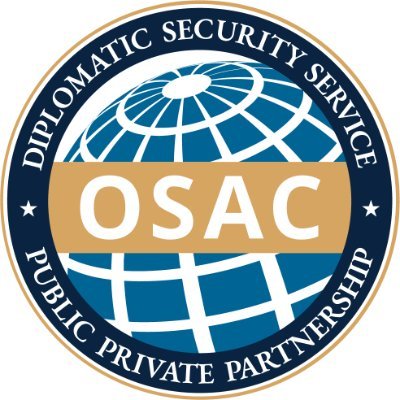
How to use the Safety Index
On this page, you will find the country score and the personal opinions on safety of other women traveling solo.
You can sort the comments by:
- The level of experience traveling solo of the reviewer (beginner = <5 trips solo, Intermediate = 5 to 10 trips solo, Experienced = >10 trips solo).
- The age of the traveler.
- Whether they are a visitor or local.
- The date they were posted.
The safety scores range from 1 to 4 with 1 being the safest and 4 being the most dangerous for solo female travelers.
Thus, the lower the score, the safer the country.
Looking for more safety resources?
This entire website is devoted to helping women travel solo. Check out the links below to learn more:
Solo Female Travel Stats: Results from the the largest, most comprehensive and only global research study on solo female travel trends, preferences and behaviors published.
Thanks to Jacobo Vilella for creating the Solo Female Travelers Safety Index ❤️

